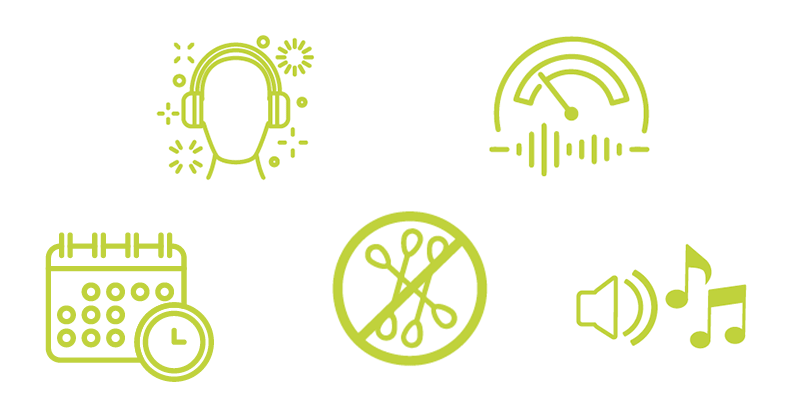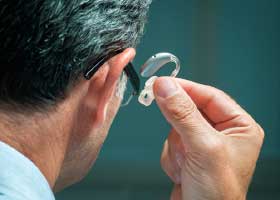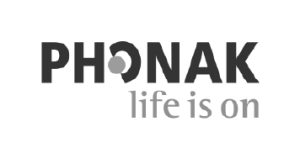
How Do I Know If I Have Hearing Loss?
Ever find yourself asking people to repeat themselves more often than you’d like? Or maybe you’ve noticed you’re turning up the volume on your television a little bit higher than usual? If so, you’re not alone. Hearing loss is more common than most people realize, and millions of individuals experience it every year. For some, it creeps in gradually, making it easy to overlook, while others face it suddenly. But here’s the good news: recognizing the signs early can make all the difference. Early detection not only helps protect your quality of life but also opens the door to effective solutions.










